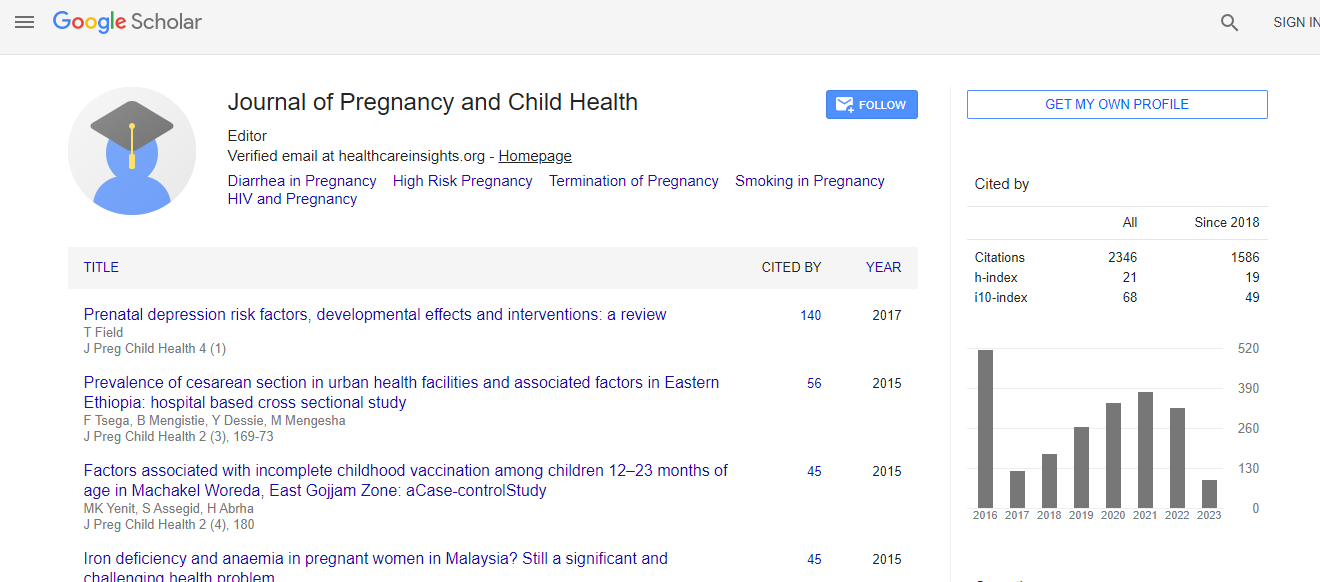Review Article
Pain in New born and Nursing Management
| Oznur Tosun*, Yagmur Sezer Efe and Emine Erdem | |
| Erciyes University, Health Sciences Faculty, Pediatric Nursing Department, Turkey | |
| Corresponding Author : | Oznur Tosun Erciyes University, Health Sciences Faculty Pediatric Nursing Department, Turkey E-mail: obasdas@erciyes.edu.tr |
| Rec date: February 11, 2016; Acc date: March 4, 2016; Pub date: March 12, 2016 | |
| Citation: Tosun O, Efe YS, Erdem E (2016) Pain in New born and Nursing Management. J Preg Child Health 3:229. doi:10.4172/2376-127X.1000229 | |
| Copyright: © 2016 Tosun O, et al. This is an open-access article distributed under the terms of the Creative Commons Attribution License, which permits unrestricted use, distribution, and reproduction in any medium, provided the original author and source are credited. | |
Abstract
It is determined that first nociceptors (pain sensing receptors) occur in the perioral region at 7 weeks of intrauterine life, spread in the rest of face, the palms of the hands and feet at 11 weeks, with arms and legs at 15 weeks, all cutaneous and mucosal surfaces at 20 weeks. Distribution of nociceptive nerve endings in the skin of neonates was determined to be similar in density to an adult . In addition, pain in neonates is transmitted by unmyelinated C fibers. These fibers transmit impulses slowly. It starts second or seconds later than a painful stimuli and continues for minutes to increase in size. Pain transmitted by this fiber is perceived as dispersed, continuous, dull and burning. Therefore, anatomical, physiological and biochemical structures enabling the perception of pain are present in neonates and are sufficient for the transmission of painful stimuli. In this direction, the necessity of making researches on neonatal pain experience has been raised.

 Spanish
Spanish  Chinese
Chinese  Russian
Russian  German
German  French
French  Japanese
Japanese  Portuguese
Portuguese  Hindi
Hindi 
